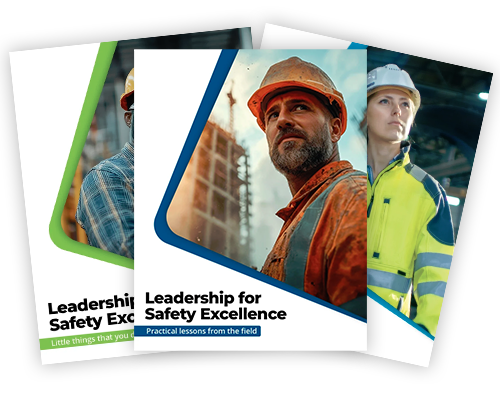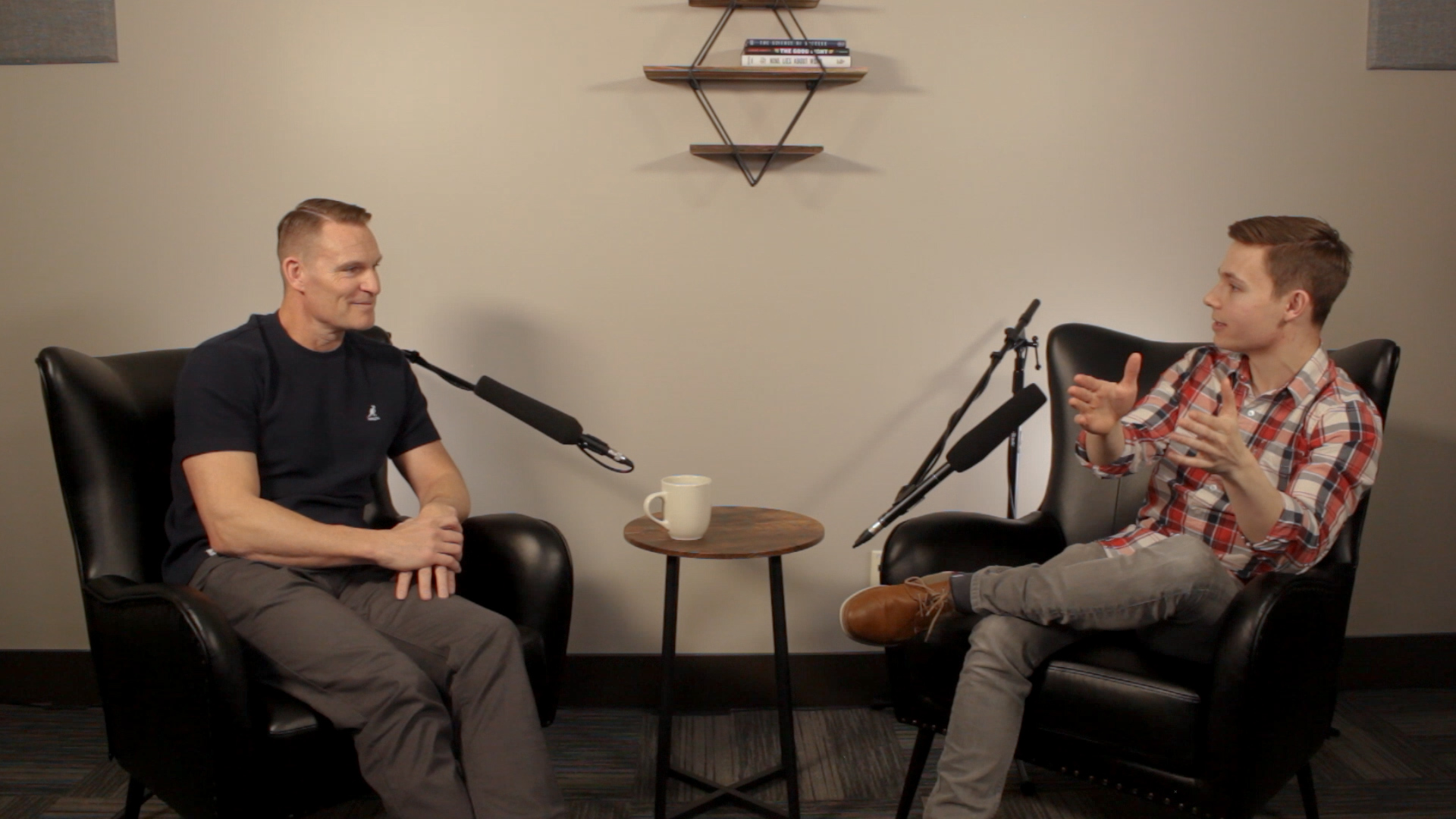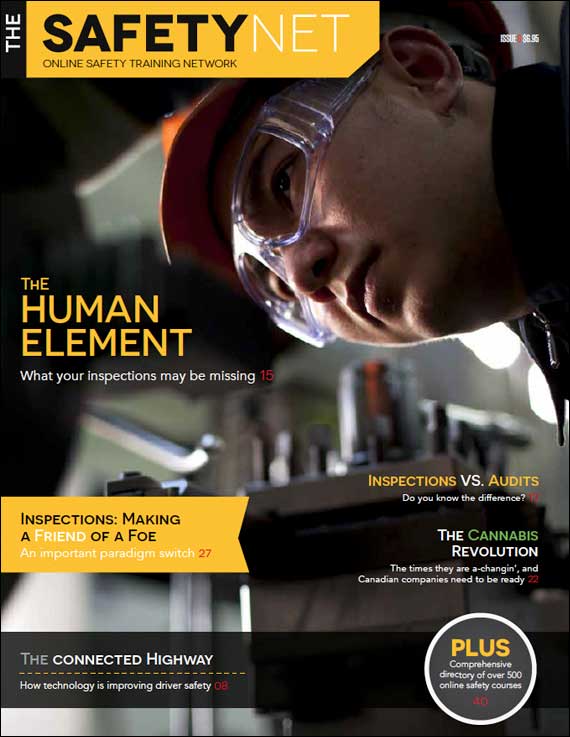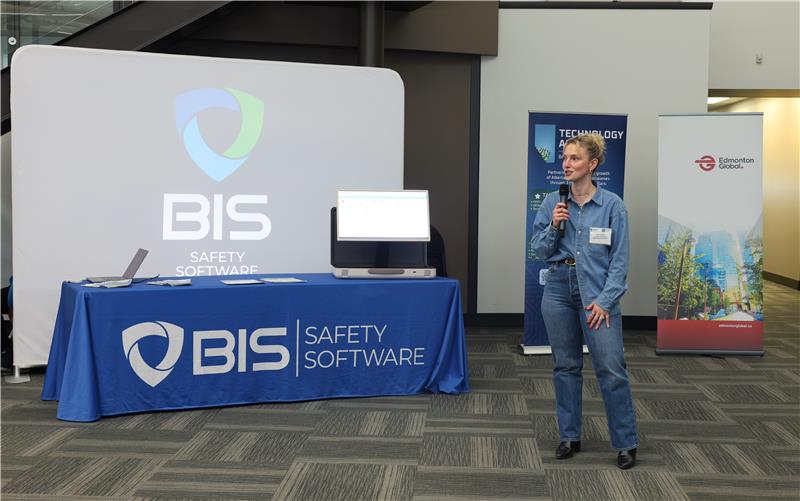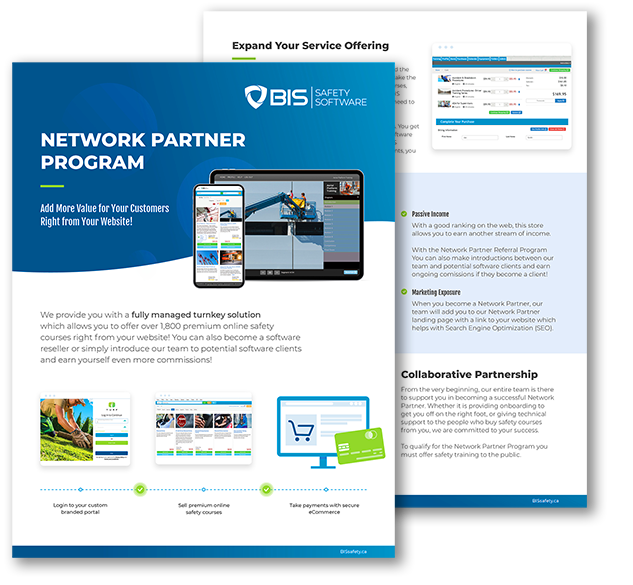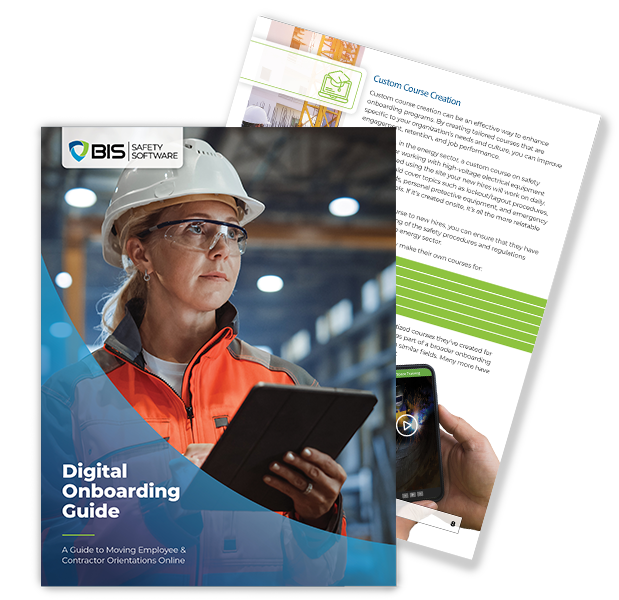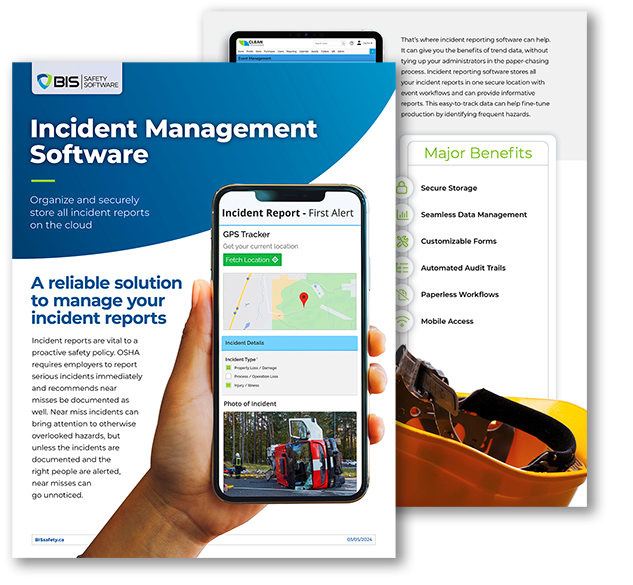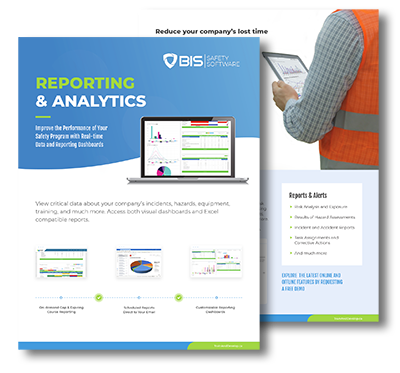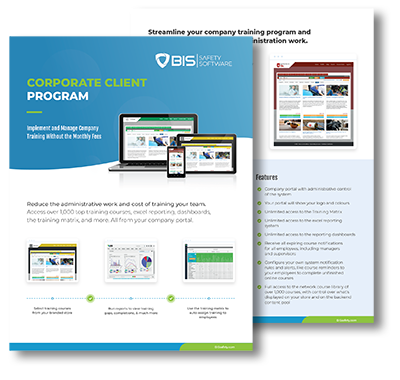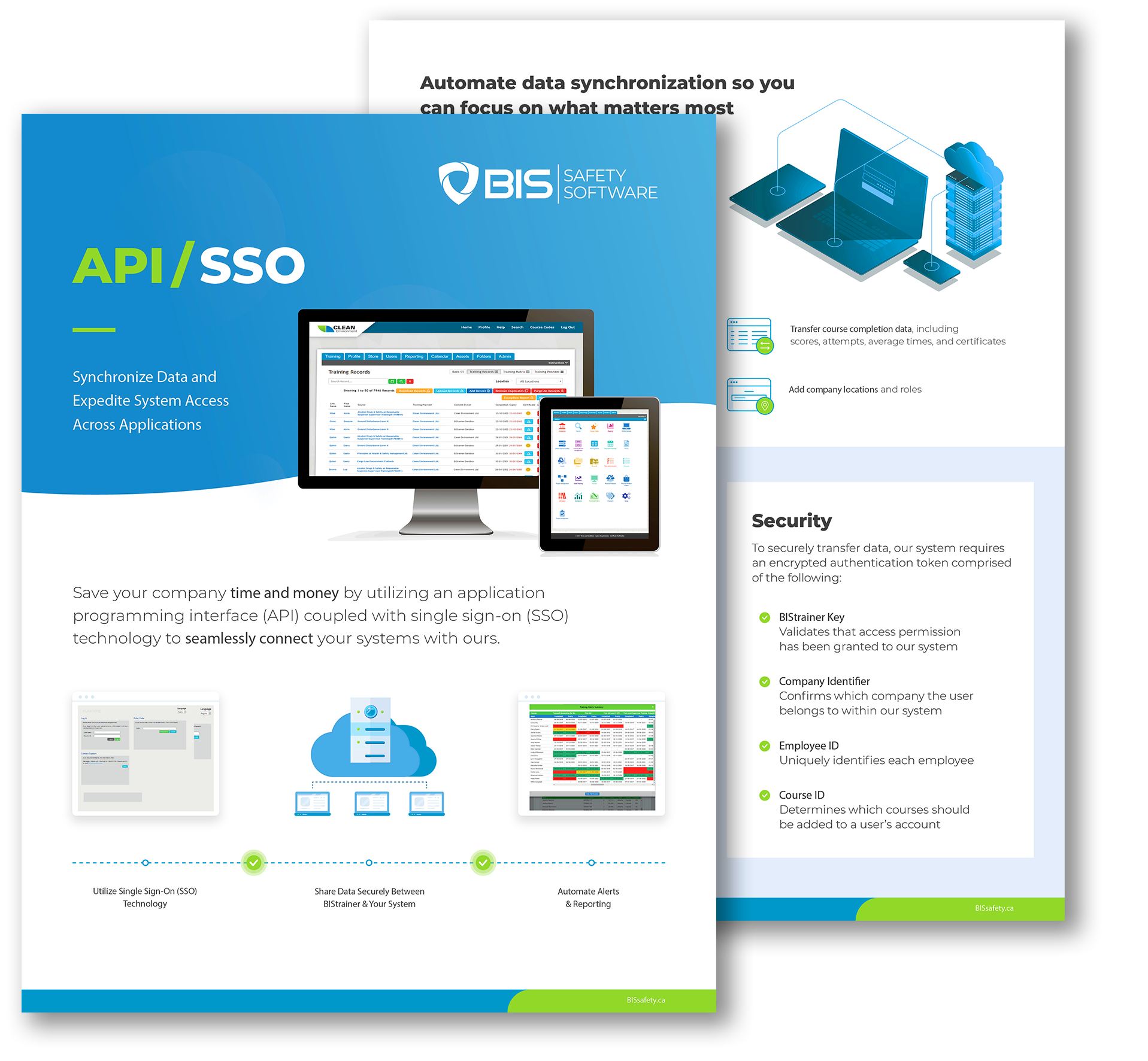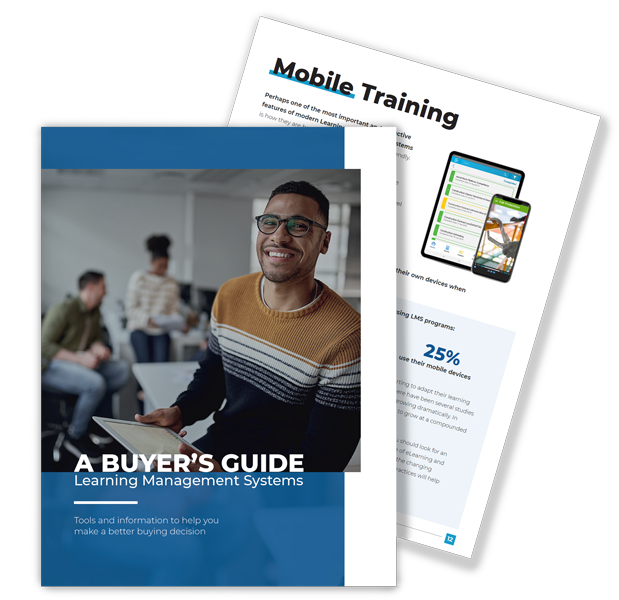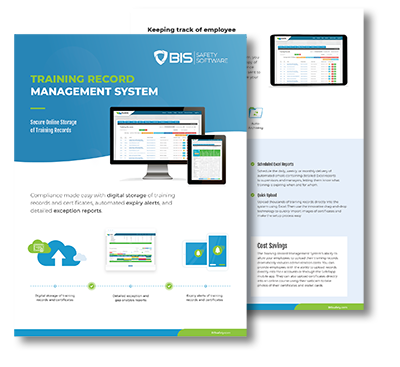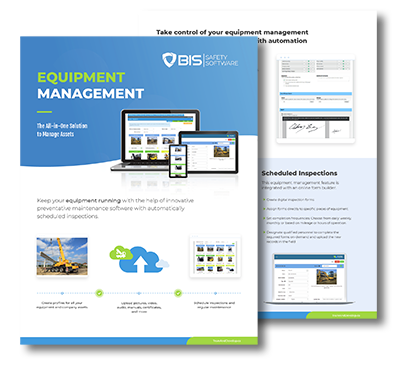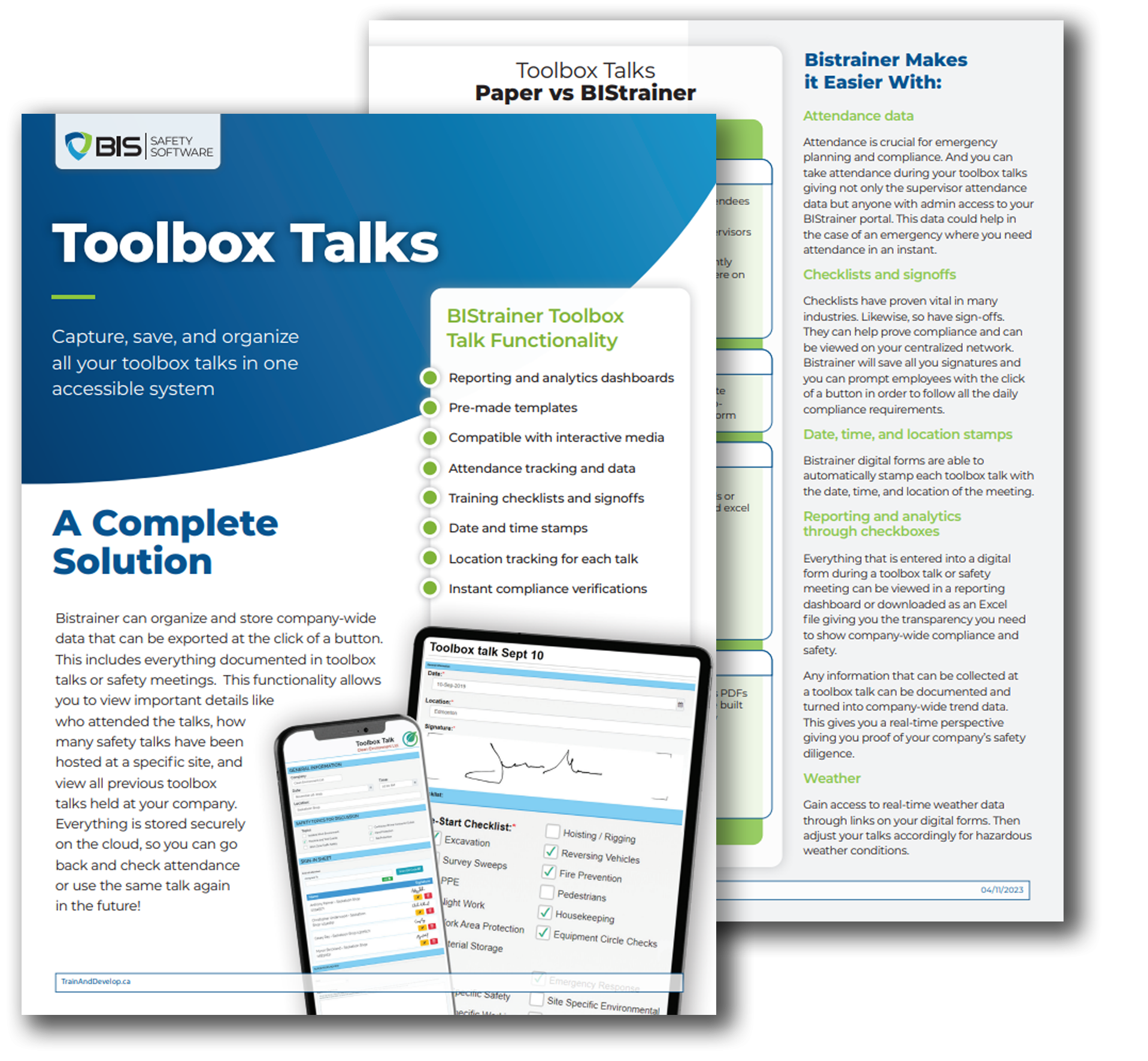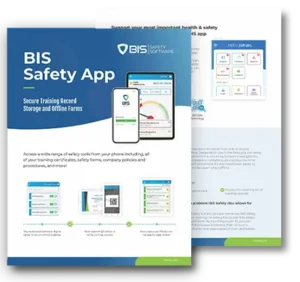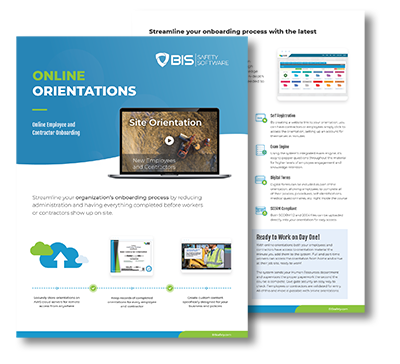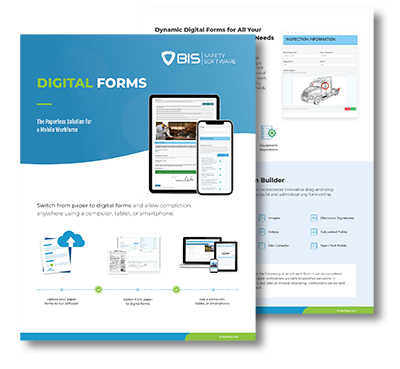Empowering Safety Through Leadership and Connection
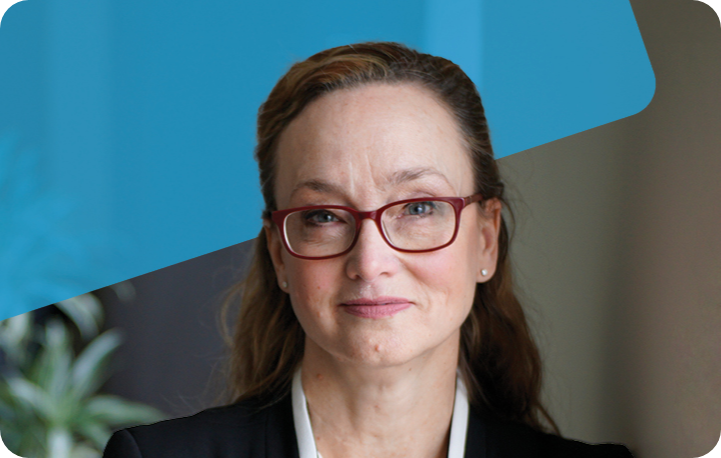
Melanie McGrath shifts workplace safety from policy and checklists to a people-led safety leadership culture rooted in trust, ethical leadership, and consistent communication.
Building Safety Through Understanding

Ethan Winder’s approach to safety leadership goes beyond rules, he focuses on communication, trust, and understanding the real work people do. By leading with empathy and integrity, he helps build safety cultures where people feel heard, valued, and empowered.
How Curiosity, Connection, and Courage Shape a Safer Workforce

Adam Thornton’s safety philosophy goes far beyond rules. Grounded in curiosity, connection, and courage, his approach focuses on understanding real work, building trust, and strengthening cultures where people feel safe to speak up, learn, and lead. With over 30 years of experience across high-risk industries, he champions systems-thinking, ethical leadership, and human-centered change.
Toyota Motor Manufacturing Canada – Designing For Worker Trust: Near Miss Reporting and Continuous Improvement with Sarah Abdul-Rasoul

In this Safety Spotlight episode, Sarah Abdul-Rasoul of Toyota shares her journey into occupational health and safety, focusing on trust, communication, and continuous improvement.
JMA Human Reliability Strategies – Building Reliable Teams: Scan & Focus, Psychological Safety, and After-Action Reviews with Jake Mazulewicz
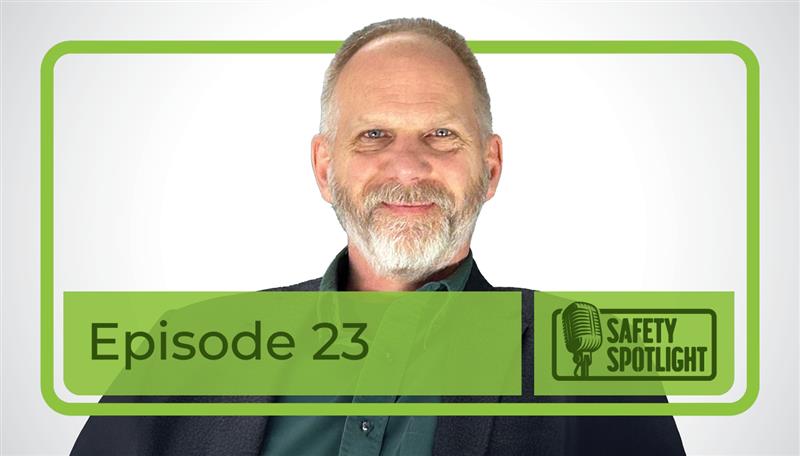
In this episode of Safety Spotlight, Jake walks through his winding path from volunteer firefighter and EMT, to Army paratrooper, to PhD, to leading human performance specialist for high risk utilities and technical teams across North America.
Leadership and Worker Protection in Construction
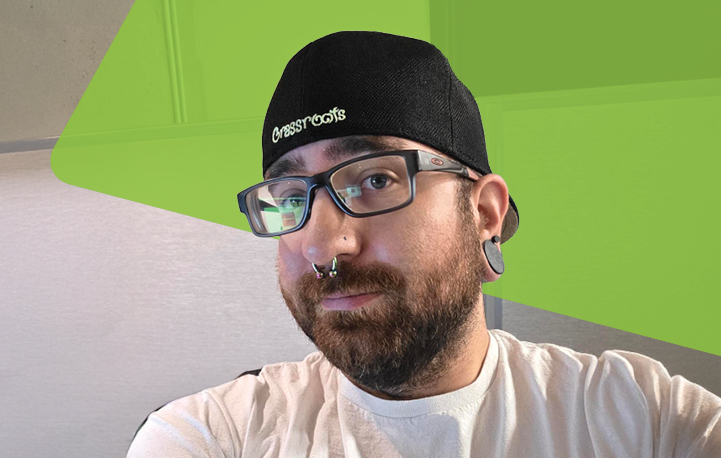
Matt Gruetzman’s safety journey highlights why strong leadership, trust, and communication shape safer construction sites. His approach shows how people-focused leadership builds confidence, increases reporting, and keeps crews protected.
Inland Truck and Equipment – Designing Safety Programs for People, Not Paperwork with Ashley Mckie
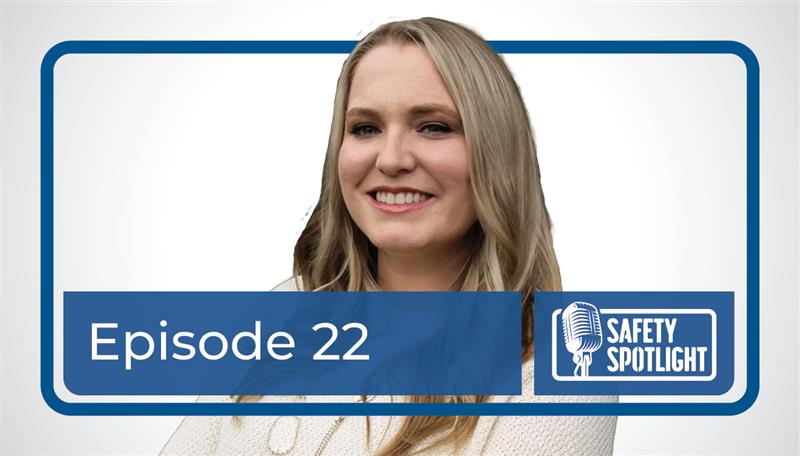
In this episode, Ashley Mckie, Director of Health and Safety at Inland Truck and Equipment and a three-time Top Woman in Safety honouree, joins to unpack what it takes to build a safety culture that scales.
Beale Infrastructure – You Can’t Fix Safety From a Clipboard: Rethinking Safety Culture with Ron Gantt
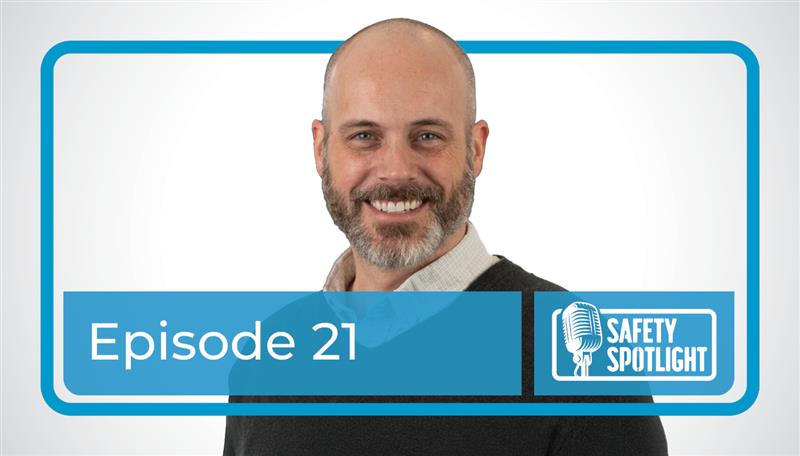
Ron Gantt, Vice President of EHS at Beale Infrastructure and co-host of Punk Rock Safety. What does it really take to build a safety culture people actually believe in?
MV Transportation – Building Credible Safety Leadership: Culture, Metrics, and Influence with Nicole Thunich
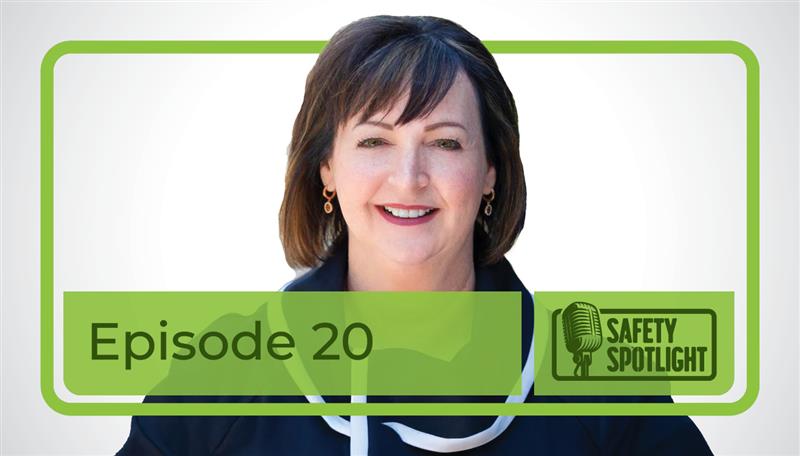
Nicole Thunich brings 30+ years of cross-sector safety leadership and a practical playbook for turning safety into a productivity driver. She shares how to assess frontline culture, align executive intent with field action, and prove ROI through clear baselines and follow-through.
Built on Trust:

This story explores how human-centered safety leadership, emotional intelligence, and digital transformation are helping build safer, more resilient workplaces.



